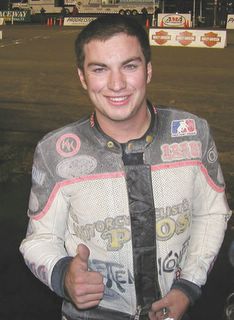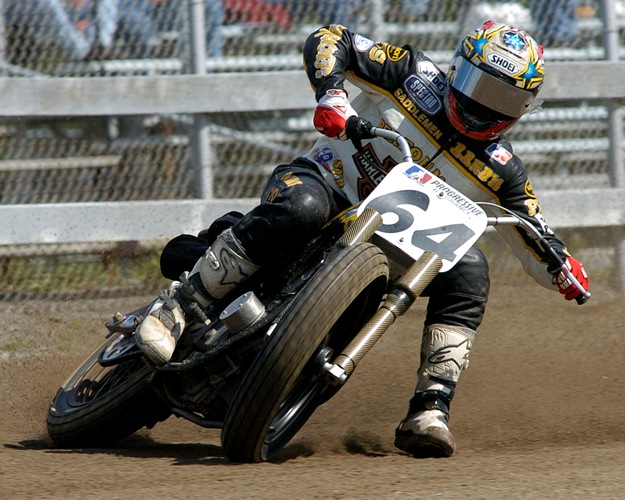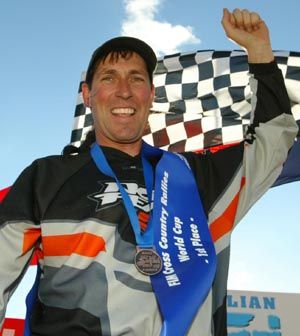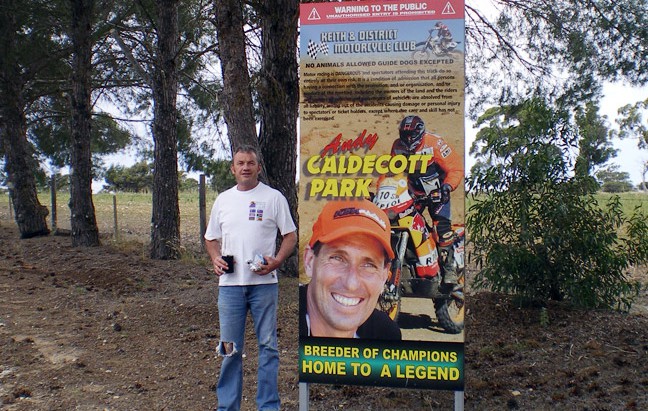

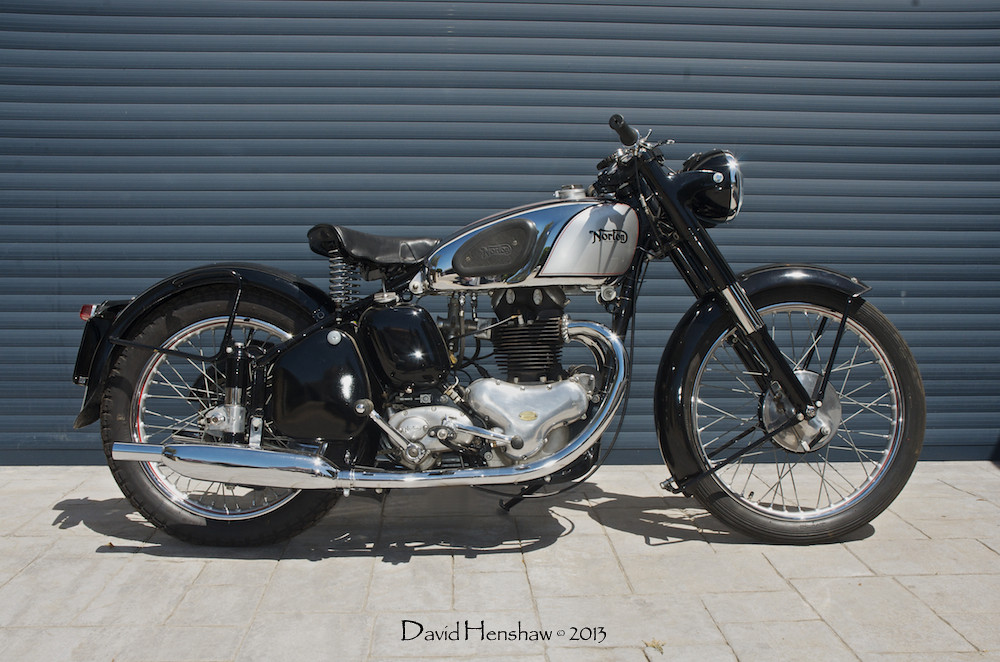



The August 17, 1950 issue of "Motor Cycling" (the green 'un') features the Norton Dominator, "Bred in the Finest Tradition of British Motor Cycles".
Inspired by the wickedly popular success of rival Triumph's pre-war Speed Twin, the weight of Norton's future was put on the shoulders of Bert Hopwood who had worked on the development of Edward Turner's original Speed Twin design. In 1947 Hopwood laid out his design and as hoped, Hopwood came thru, again.
The Model 7 Dominator was the Norton factory's first twin-cylinder machine of the modern era and made its debut at the 1948 Earls Court Show.
Some specs on the Norton; bore and stroke are 66mm x 72.6mm, 497cc, single carb, OHV vertical-twin with 360 degree crankshaft throws (pistons both rise and fall together, but they fire on alternate strokes - all British vertical twins used this except, for arguments sake, the Triumph Bandit, which was never produced beyond the prototype stage. The Bandit used a 180 degree crank, where one piston is up while the other is down). The engine produced 29bhp @ 6000rpm, with minor tweaking 90 mph was easily achieved with a 'flick of the wrist'.
Original cost in England was £215.
"The Unapproachable Norton Dominator, the World's Best Roadholder."
Today in motorcycle history proudly supports the National Association for Bikers with a Disability (NABD). www.nabd.org.uk









